#two striped
Explore tagged Tumblr posts
Text
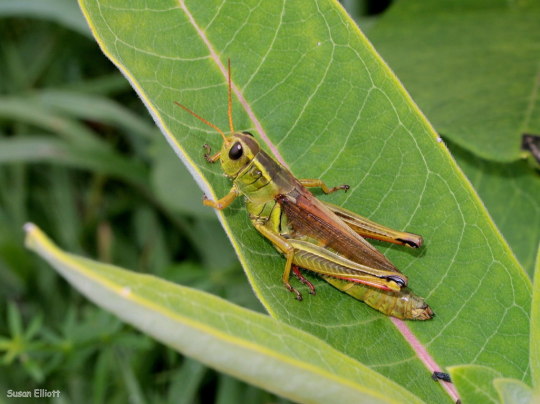
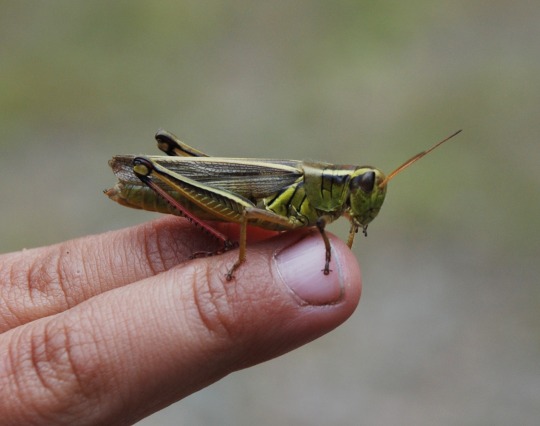




Melanoplus bivittatus better known as the two-striped grasshopper or yellow-striped grasshopper, is a poikilothermic species of grasshopper belonging to the genus Melanoplus which is native throughout North America from southern Canada to northern mexico and from the atlantic coast to the pacific coast. They tend to inhabit grasslands, wetlands, open forest understory, crop fields, parks, lawns, and basically anywhere with fields of vegetation on which they can easily feed. Two-striped Grasshoppers are active in the daytime and perch at the top of crops and vegetation at night to rest. Once the warm sunshine raises their body temperatures, they descend and either continues feeding or move on to new plants. Nymphs and adults can move in large migratory groups to new patches of vegetation. These swarms can been seen flying high above the ground.Two striped grasshoppers are themselves eaten by spiders, mantids, other invertebrates, and various reptiles, amphibians, birds, and mammals. Reaching some 30 to 55 mm in length, two stripped grasshoppers are so named due to there pair of pale yellow stripes running along the top of the body from above the eyes to the hind tip of the wings. They also have a yellowish green coloration throughout its body due to chromoprotein and carotenoid.The rest of the body looks similar to that of most grasshopper species, with enlarged hind legs for jumping and two pairs of wings, with one set overlapping the other. Mating can last up to 10 hours as males transfer both food and sperm to the females. Said females lay around 450 eggs in the soil before winter, and nymphs hatch in the spring when temperatures begin to rise. It takes around 40 days for nymphs to reach the adult stage. Under ideal conditions a two stripped grasshopper may live upwards of 2 years.
#pleistocene#pleistocene pride#pliestocene pride#pliestocene#bug#bugs#grasshopper#locust#insect#north#america#two#striped#two striped#2 striped#two striped grasshopper#2 striped grasshopper#animal#animals
2 notes
·
View notes
Text


I like to think Pinkie gave her Webkinz ridiculously long names
#the two striped cats are based off of the two I had as a child#they were aptly named “Mama Lady Stripes” and her daughter “Baby Lady Stripes”#No clue why I named them that#fluffyplushiez#my little pony#my little pony friendship is magic#mlpg4#my little pony: friendship is magic#mlp:fim#mlp#mlp fanart#mlp art#mlp artwork#mlp artist#mod salem#pinkie pie#webkinz
1K notes
·
View notes
Text

feral niece and her favorite uncle
#i should draw these two together more often#submas#myart#submas fanart#pokemon#pokemon ingo#warden ingo#pla#pokemon legends arceus#pokemon akari#pokemon fanart#deleted the last one bc I forgot to color in one of the stripes on ingos coat oops 🤡
1K notes
·
View notes
Text




He grow up :D
To be angry D:
He used to be so round :C now he's all sharp edges
#transformers one#digital art#deceptibee au#megatron#d 16#secondbee au#you will take the yellow stripes from my cold dead hands#maccadam#actually#the only diff between the two aus are the eyes#lines are rougher cuz war#Megatron angy
290 notes
·
View notes
Note
Do yoy like their silly little dance
the inside of my brain at any given moment:

#twisted wonderland#twisted wonderland spoilers#stage in playful land#stage in playfulland#gif warning#gifs that bop along to your music warning#gidel is SO little#look at him compared to everyone else!#three apples tall!#i could put him in my pocket and still have space to pack him a lunch#this rhythmic is so silly. i love when we get a cutesy upbeat rhythmic right before everything goes straight to shit.#fellow and gidel: (dance around all cutely and throw confetti)#fellow and gidel: anyway now it's time to sell you#just the most adorable little kidnappers 🩷#so glad they made an official gidel chibi because otherwise i would have tried to and it would not have ended well#i'm trying to do a meleanor right now and she is giving me enough trouble. she doesn't even have any STRIPES.#do you think the riggers got handed the designs for this event with all the stripes and swirlies and patches and patterns#and just had to go stare at a wall for an hour or two#'okay look people are going to see this on a small screen with a rhythm game going on in the foreground'#'nobody is going to take a high-res screen recording and then go through it frame-by-frame to scrutinize our rigging breakdowns'#'what kind of HUGE NERD do you think plays this stupid game'#(shifty eyes)
1K notes
·
View notes
Text
These guys are canon to the main storyline and not just in the movies

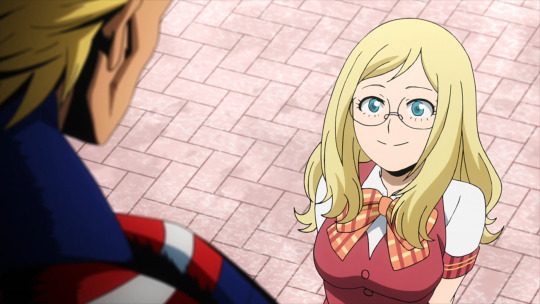
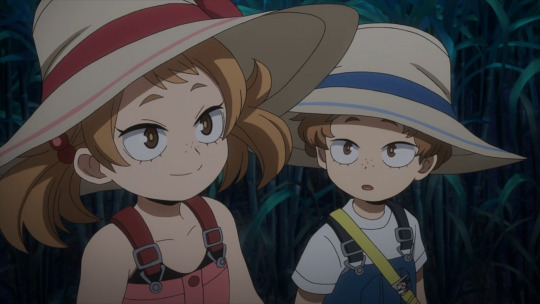
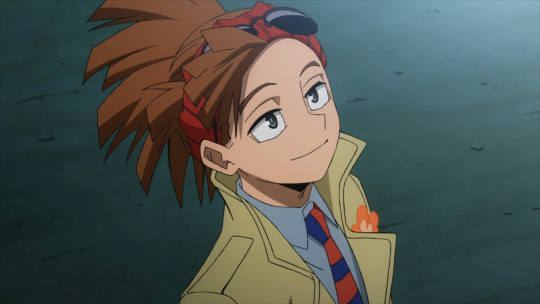
#my hero academia#star and stripe#cathleen bate#melissa shield#mahoro shimano#katsuma shimano#rody soul#two heroes#heroes rising#world heroes mission#bnha#boku no hero academia#bnha spoilers#my hero academia spoilers
747 notes
·
View notes
Text
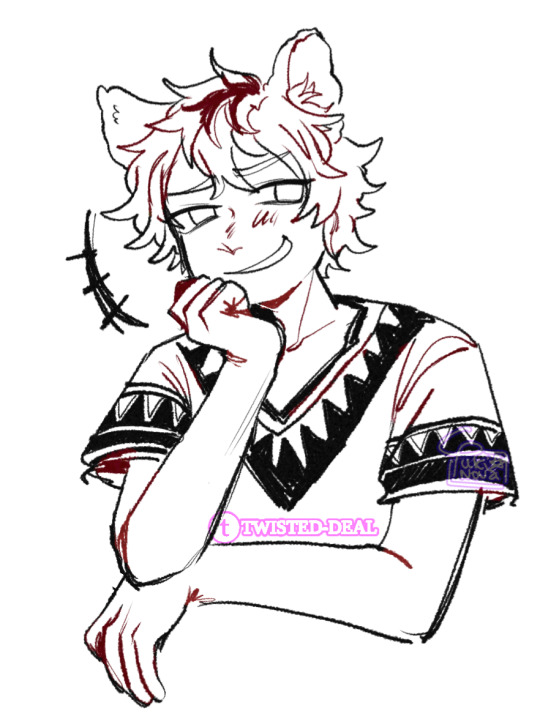
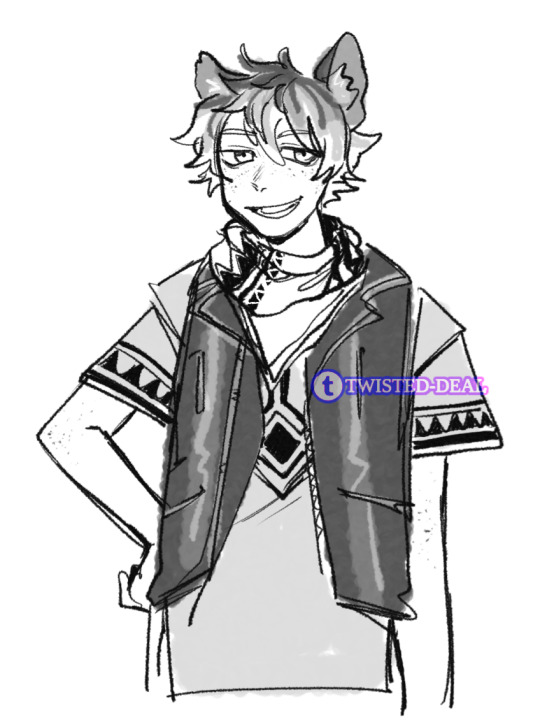
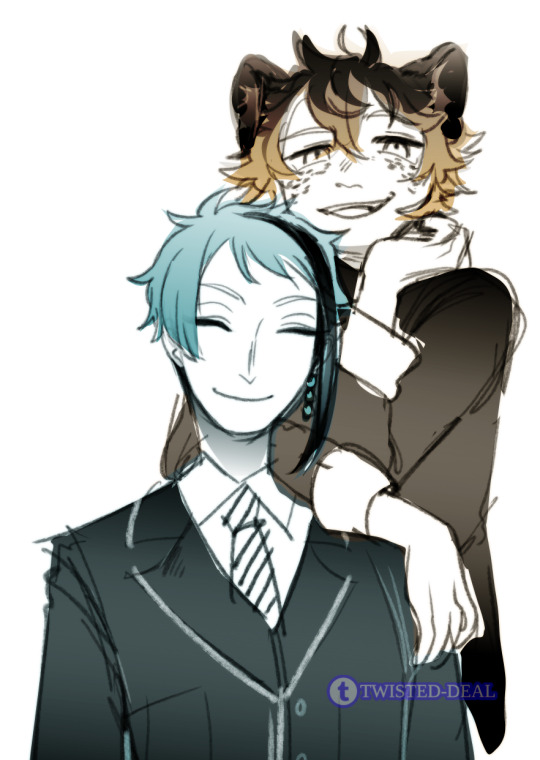
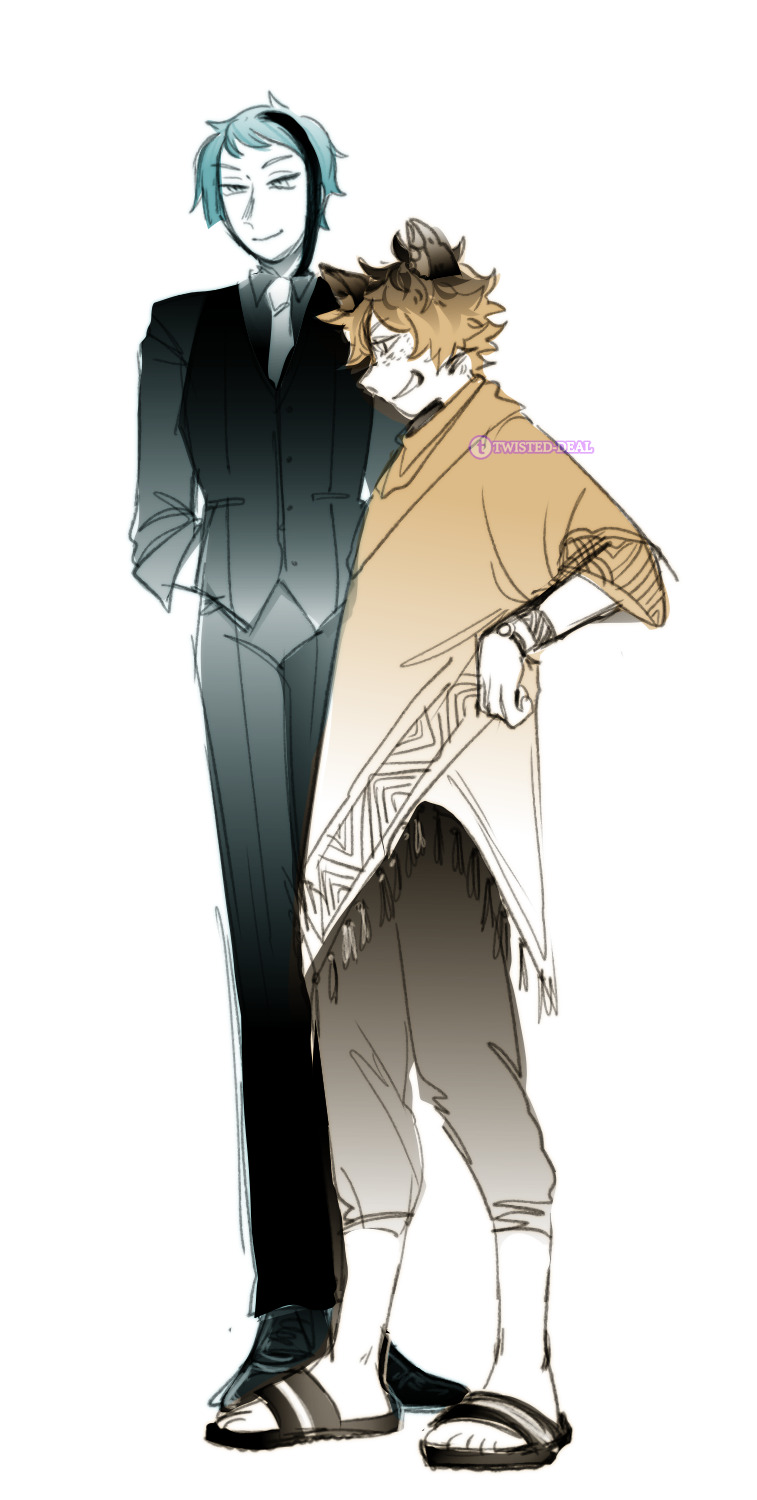
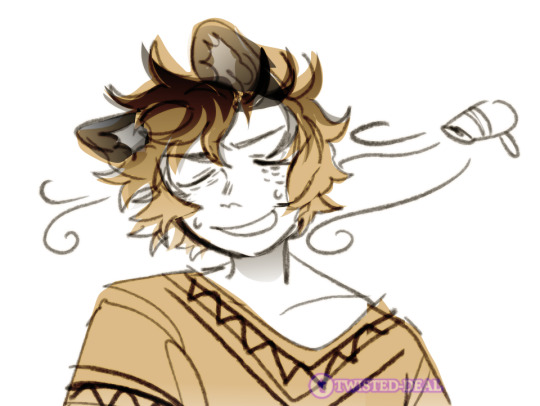
ruggie doodles ft. jade because i think they'd hang out
#ruggie bucchi#jade leech#twisted wonderland#twst#twst ruggie#twst jade#jaeragi#jaderuggie#ruggie bucchi fanart#jade leech fanart#twst fanart#☆▪DEAL#ah yes great ship dynamic; two people you wish didn't get along for your own good are now comploting against you#i love putting ruggie in comfy clothes he looks so; well; comfy#also played around with freckles/spots since i think he's like a spotted hyena rather than a striped one??#i also put him and ajde in 'casual clothes' but i can't imagine jade in anything that's not somewhat suit or vest like#whatever jade is vs me giving ruggie my sandals
881 notes
·
View notes
Text
@n3llsb3lls submitted: Saw this stick bug while sweeping my porch, I also accidentally startled a small spider that ran underneath it to hide. From FL, pretty sure it's a two striped walkingstick


Ha! Silly little spider thinks it's a real stick to hide under. It is indeed a southern two-striped walkingstick and hilariously, this is one of the few photos I've seen of one that wasn't currently mating. Sometimes I think that's all they ever do.
#animals#insects#bugs#submission#arachnids#spider#stick insect#stick bug#southern two striped walkingstick#phasmid
247 notes
·
View notes
Text

Manhattan, Assassin's Creed III Remastered
#Assassin's Creed#Assassin's Creed III#Assassin's Creed III Remastered#plastic cone#orange cone#white stripes#two stripes#classic cone#orange base#square base#not being used for traffic
183 notes
·
View notes
Text
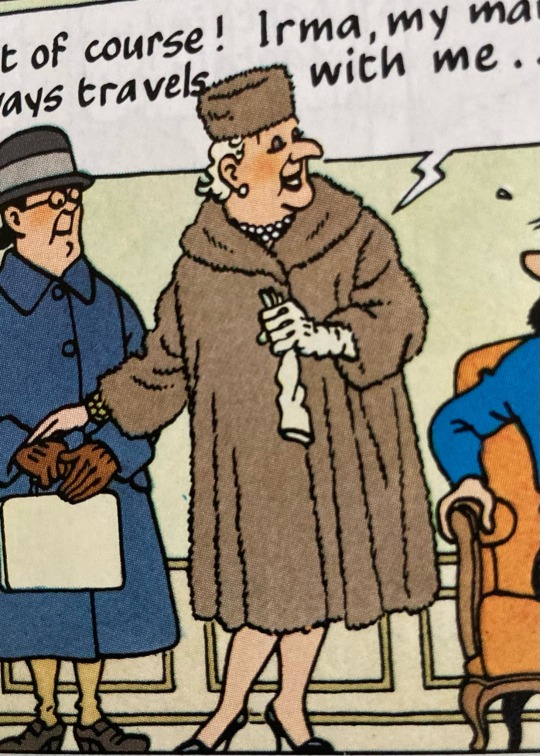
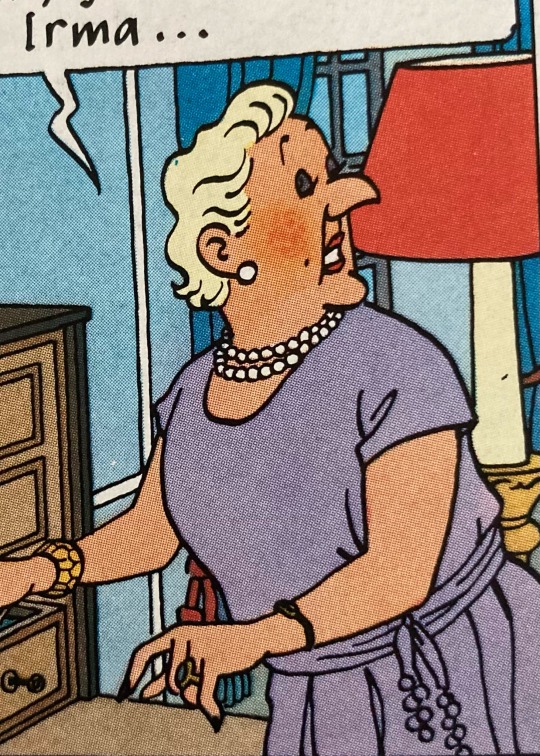

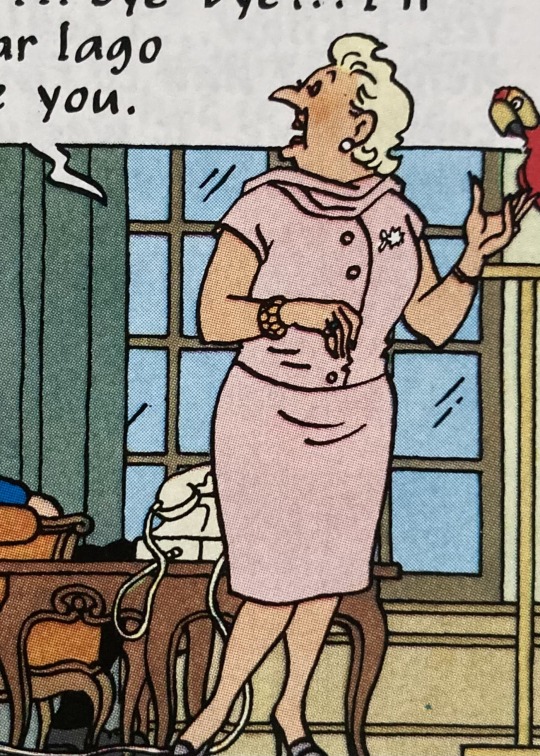
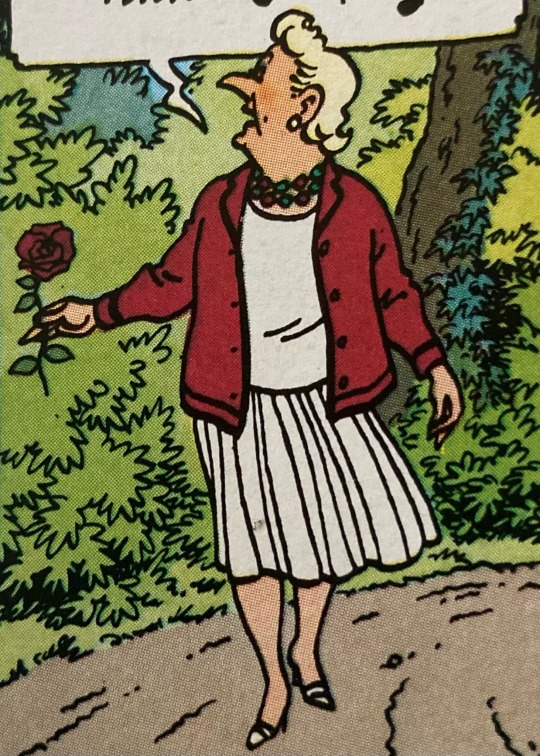

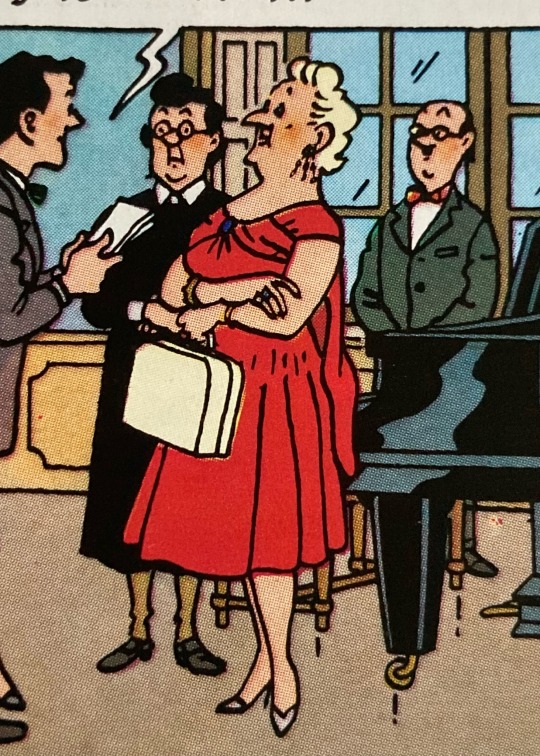

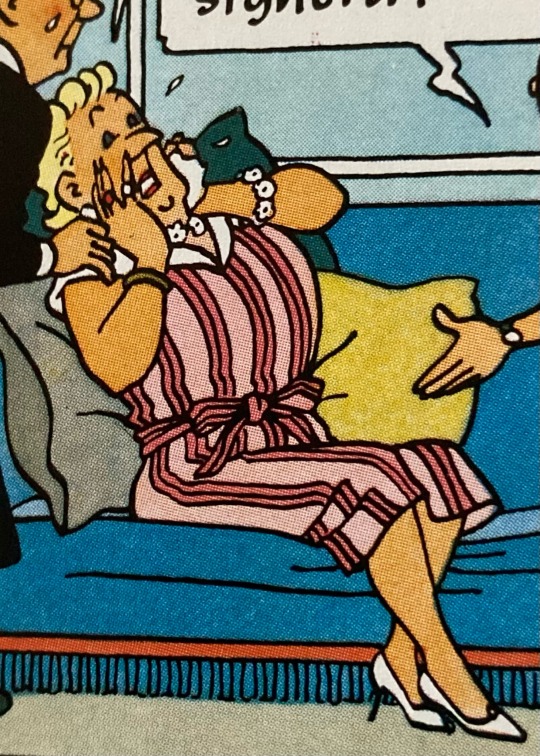

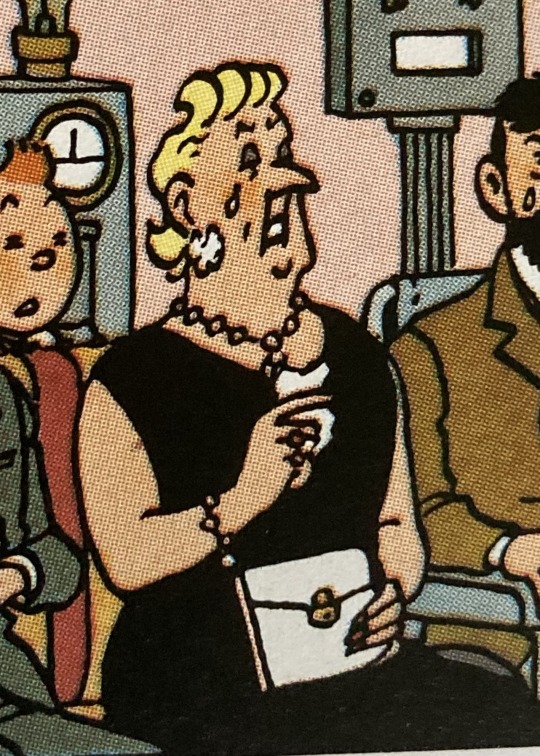

all of castafiore's outfits in the castafiore emerald
#tintin#the adventures of tintin#bianca castafiore#i really like that last orange-ish colored one and the pink two-piece with the scarf#the pink striped dress with the white contrast collar is also cute#text#me‚ known historical/vintage fashion enjoyer and novice seamster: what if i recreated one of these for myself
1K notes
·
View notes
Text

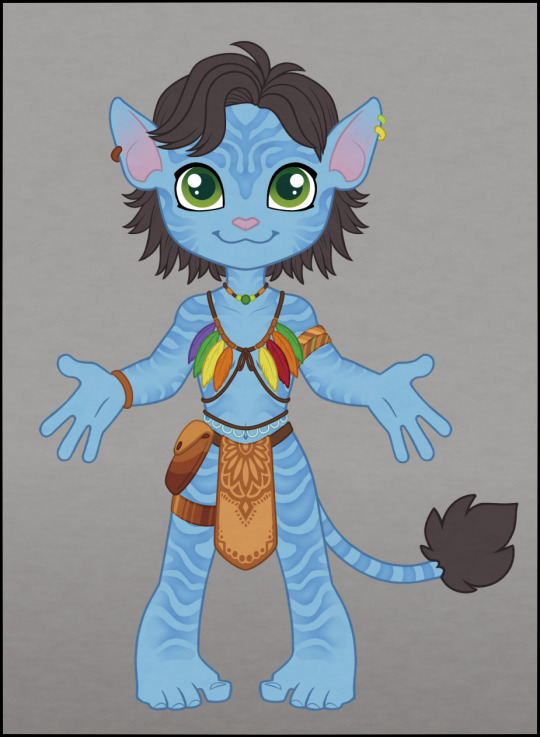

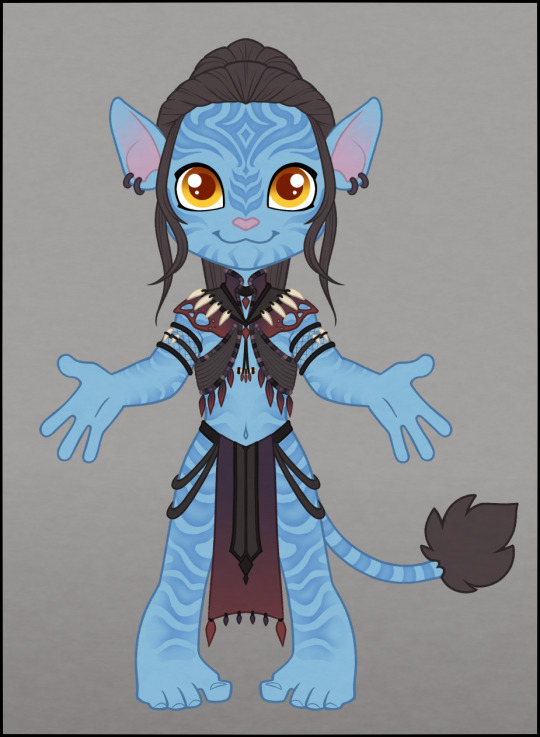

I had so much fun putting my sona on the little Na'vi base I made recently that I had to do some more characters as gifts! 😸 there were two more I was going to do also, but just these four already took way longer than I anticipated and I need to move to something else for a while. Might come back to them later though... 👀
@arcadia-trash, Gwen is lucky she's a Reef Na'vi; she gets to keep the G and D in her name 😹 in the Forest dialect it'd be spelled Kxuwentxolìn. I based her loincloth on one of the designs from the Metkayina concept art, then for her top I tried to make it match the loincloth while still remaining similar to that initial sketch you did a few years ago haha. Also threw in some white shell/pearl accessories that would shine all pretty in the light as reference to troll!Gwen's moonstone skin :) also originally tried giving her some arm tattoos in addition to the chin and torso ones, but between the detailed chest piece and long curly hair I thought the area was starting to look a little too cluttered so I removed them. But I can still send you the version with them if you'd like! 😸
@the-tiny-dragons-tea-room, I know Kiwi is actually the name of your Sarentu character which may not be the same as the character in the sketch I based this on, but I wasn't sure what else to call her hrh. The sketch only showed her head so I had to take a lot of liberties with her outfit; tried to give her a kinda goth-ish vibe, hope you like it! 😸
#don't need to explain anything for spero's and tìrey's designs because I had fullbody colored references for them lol#they're not on tumblr anyways#well actually I think spero mentioned having an account at some point but idk her url#between those two and nätikey though it's kinda fun to see how much variety you can get out of “loincloth and feather necklace” lol#my art#OH AND ALSO ARCADIA-TRASH i proooobably should've given gwen some forehead tattoos as well#but i loved how her stripe pattern came out so much that I didn't want to cover it up lol#oh well ¯\_(ツ)_/¯
153 notes
·
View notes
Text

Betty Brosmer (1950's)
#betty brosmer#1950's#stunning american beauty#posing on three seater sofa#striped two piece outfit#spectacles#those long legs#female bodybuilder#cropped photo#b/w photography
1K notes
·
View notes
Text
[ cw: slight questioning of gender identity / ]
Leo learning he’s trans and having various reactions to it.
1) Uncaring - not like anything really changed? It’s like learning your blood type. Leo is Leo, that’s all.
2) Existential - how the heck did he miss this for so long??? Wait is this gonna change his perspective of gender for himself or is he overthinking things??? He’s comfortable in his own skin and all but what if he’s not, actually? Should he think about this harder? Are there other things about himself he doesn’t know of yet-?
3) Peeved - what do you mean he could have had sick long claws and a cool long tail?
4) Relieved - WHAT DO YOU MEAN HE COULD HAVE LOST HIS STRIPES???
#rottmnt#rise leo#trans leo#trans leonardo#rottmnt headcanons#rise of the teenage mutant ninja turtles#rottmnt leo#I think Hamato ‘Face Man’ Leonardo would be relieved to have dodged the bullet of losing his awesome stripes#but the claws would have been cool…#May draw at least the latter two points together haha#I debated including existential there but like#in this scenario I think most people would have a moment where they start questioning everything#just to reaffirm themselves#I’ve seen people mad that we take into account the turtle’s turtle characteristics for headcanons like this#and I can understand the reasoning#but eh as someone who leans toward masc terms on most days I like thinking about it#it means a lot to me that - however accidental - a character I love could be readily argued as trans
218 notes
·
View notes
Text
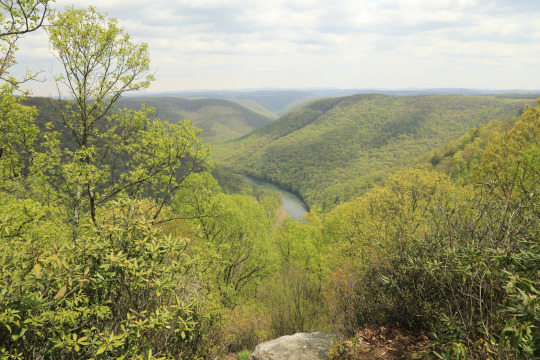
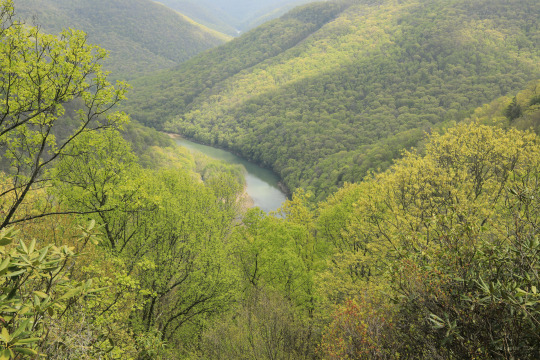
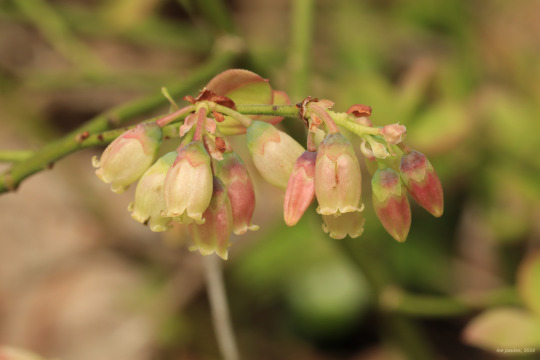


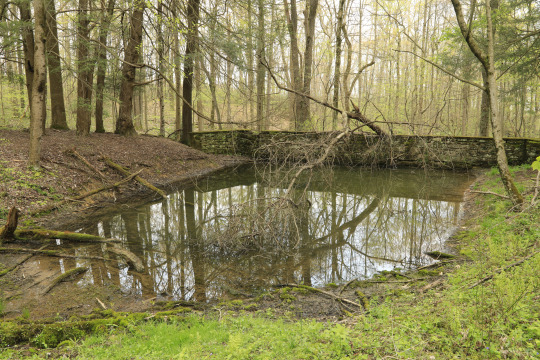
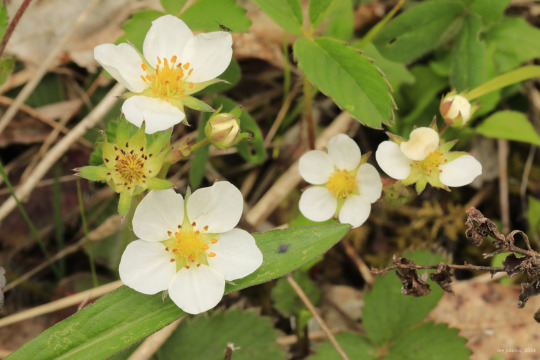
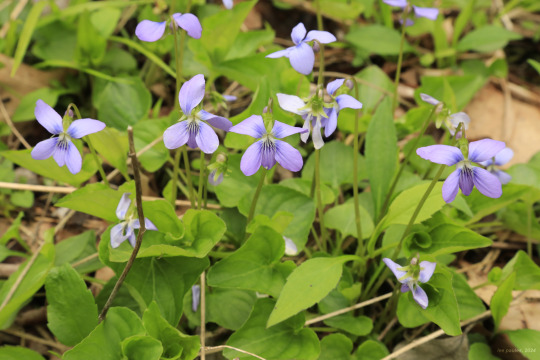
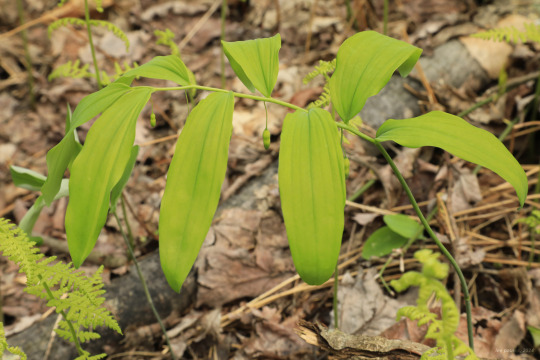
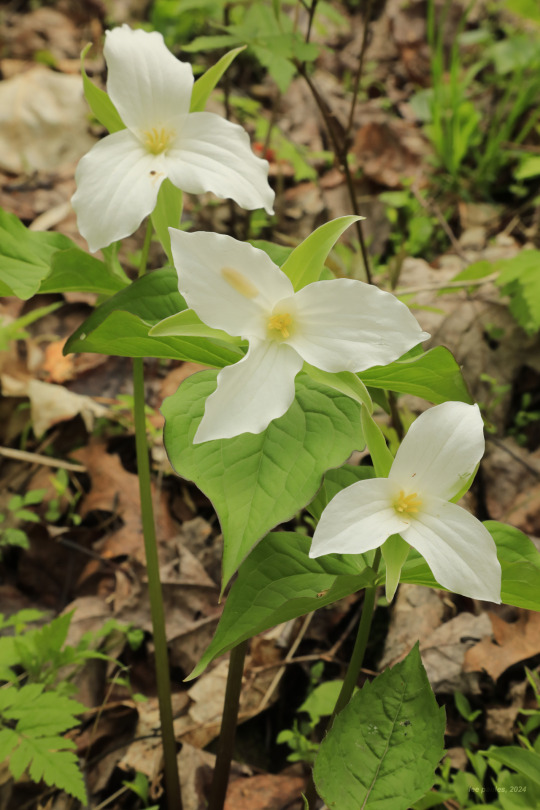
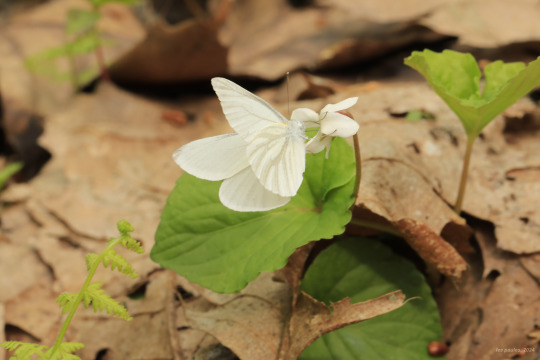
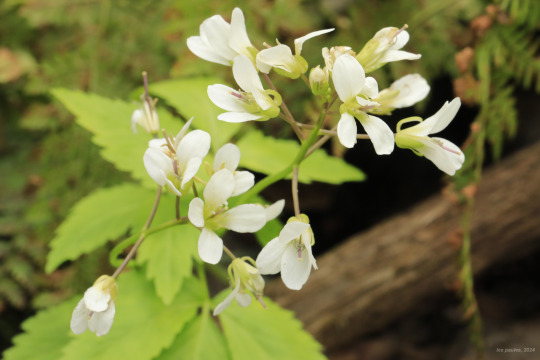
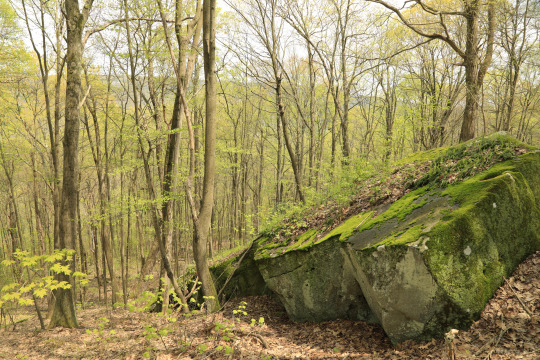
Spring in the Cheat River Canyon.
From top: lowbush blueberry (Vaccinium pallidum); the pendulous green flowers of striped maple (Acer pensylvanicum); sweet white violet (Viola blanda), which loves cool, moist forests; wild strawberry (Fragaria virginiana), which has been hybridized with a South American species to produce commercial strawberries; marsh blue violet (Viola cucullata), an elegant, gregarious violet found growing in seeps and along streambanks; smooth Solomon's seal (Polygonatum biflorum); great white trillium (Trillium grandiflorum); a West Virginia white (Pieris virginiensis) sipping nectar from a sweet white violet; and broadleaf toothwort (Cardamine diphylla), the larval host plant for the West Virginia white.
Note: this hauntingly beautiful butterfly, a flitting ghost in Appalachia's April forests, is in serious decline because it confuses invasive garlic mustard for its host plant, Cardamine. Garlic mustard is toxic to its larvae. Another example of how an invasive species can wreak havoc on the vital lifecycles of our native ecosystems.
#appalachia#vandalia#west virginia#wildflowers#flora#spring#cheat river#cheat river canyon#snake hill wildlife management area#lepidoptera#butterfly#west virginia white#lowbush blueberry#striped maple#sweet white violet#marsh blue violet#smooth solomon's seal#great white trillium#broadleaf toothwort#crinkleroot#two-leaved toothwort
254 notes
·
View notes
Text
calliope says hello :)
#Animating stripes is so hard idk why I chose to do this#It’s been like two months since I started this and I don’t like the eye animations much anymore but oh well#art#artists on tumblr#my art#digital art#oc#original character#animation#clowns#clownblr#clown art#clown#clown oc#I was going to add a calliope note sound effect but I can’t find a digital calliope player thing to record :(
76 notes
·
View notes
Text
hey so was anyone going to tell me isabeau’s sleeves only have one stripe and i’ve been drawing them wrong this entire time.
#marshtalkin#/SILLY. im drawing them with two stripes still but what the fuck. what the fuck#where did i get the idea that he had 2 stripes.
76 notes
·
View notes